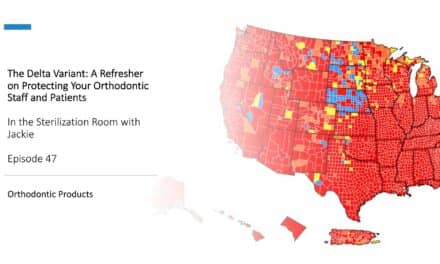Summary: California’s SB 1453 addresses workforce challenges and streamlines the path to certification for orthodontic assistants by eliminating outdated work experience requirements and was passed with support from the AAO and CAO.
Key Takeaways:
- SB 1453 removes excessive barriers for orthodontic assistant certification, fostering workforce flexibility.
- The AAO continues to engage in nationwide efforts to address orthodontic workforce shortages.
Legislation supported by the American Association of Orthodontists (AAO) and the California Association of Orthodontists (CAO) has become law, eliminating excessive work experience requirements for Orthodontic Assistant Permit (OAP) certification in California.
Advocacy and Legislative Process
The bill initially faced opposition from the California Dental Assisting Alliance (CDAA), delaying its progress. In 2024, it was reintroduced as SB 1453 during the Sunset Review process, with provisions to remove six- and twelve-month work experience requirements. Lobbying by CAO, with support from the AAO Component Legal Support Fund, played a pivotal role in advancing the legislation.
READ MORE: Could A Virtual Assistant Be Your Next Employee?
Grassroots Engagement and Transparent Advocacy
Public testimony, email campaigns, and letters from AAO/CAO members helped articulate the need for reform, demonstrating CAO’s commitment to constructive advocacy. These efforts secured the successful passage of SB 1453, streamlining entry into the orthodontic assistant profession and addressing workforce flexibility.
Since establishing a Workforce Shortage Task Force in 2021, AAO has launched advocacy initiatives in California, Michigan, Maryland, New York, and Ontario, with ongoing efforts to address dental workforce challenges across the U.S. and Canada.










